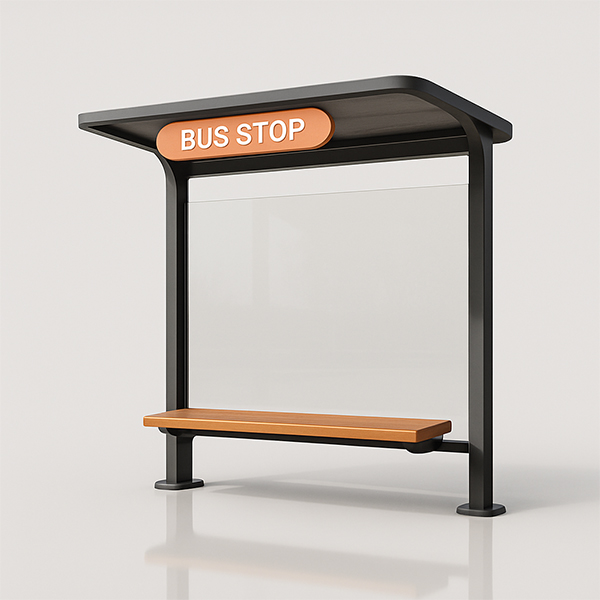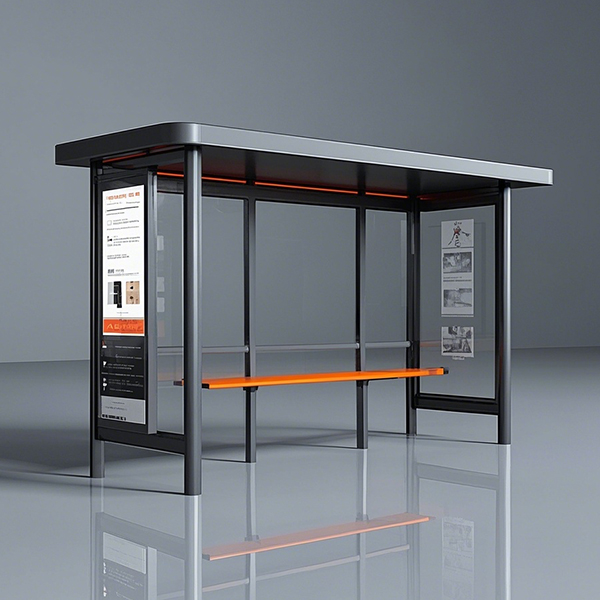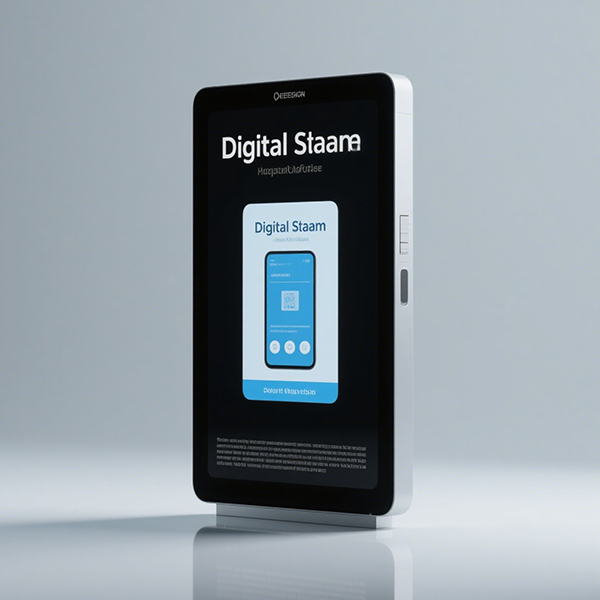
IoT Bus Shelter
This comprehensive guide explores the transformative potential of IoT bus shelters, examining their features, benefits, implementation, and the future of smart public transit. We delve into the technology behind these innovative structures, highlighting real-world examples and addressing common concerns. Learn how IoT bus shelters are improving passenger experience and optimizing urban transportation systems.
Understanding the Technology Behind IoT Bus Shelters
Connectivity and Data Transmission
Modern IoT bus shelters leverage various communication technologies, including cellular networks (4G/5G), Wi-Fi, and even low-power wide-area networks (LPWAN) like LoRaWAN. This connectivity allows for real-time data transmission regarding passenger counts, environmental conditions (temperature, air quality), and shelter status (lighting, heating/cooling functionality).
Sensors and Data Acquisition
A crucial element of any IoT bus shelter is its array of sensors. These sensors collect vital data, including passenger occupancy (using infrared or ultrasonic sensors), ambient temperature and humidity, and even air quality levels. This data is then transmitted to a central management system for analysis and action.
Smart Shelter Management Systems
The collected data feeds into sophisticated management systems that allow for remote monitoring and control of the shelter's various features. These systems can automatically adjust lighting based on ambient light levels, optimize heating and cooling based on occupancy and temperature, and send alerts in case of malfunction or vandalism. Many systems offer user-friendly dashboards for monitoring and management.
Benefits of Implementing IoT Bus Shelters
Enhanced Passenger Experience
IoT bus shelters significantly improve the passenger experience. Features like real-time bus arrival information, comfortable temperature control, and convenient Wi-Fi access contribute to a more positive and less stressful wait. Reduced wait times due to accurate information also enhance the overall experience.
Improved Operational Efficiency
For transit authorities, IoT bus shelters offer significant operational efficiencies. Remote monitoring and predictive maintenance minimize downtime and reduce maintenance costs. Data on passenger usage patterns can inform route optimization and resource allocation, leading to more efficient service delivery. Shandong Luyi Public Facilities Co., Ltd. (https://www.luyismart.com/) provides a wide range of smart city solutions, including innovative IoT bus shelter designs.
Data-Driven Insights for Better Decision Making
The wealth of data collected by IoT bus shelters provides invaluable insights into passenger behavior and transportation needs. This data can be used to optimize bus routes, scheduling, and resource allocation, leading to more efficient and effective public transit systems. Analysis of this data can also help predict future needs and inform long-term planning.
Case Studies: Real-World Implementations of IoT Bus Shelters
Several cities worldwide have successfully implemented IoT bus shelters, demonstrating their practical applications and benefits. These implementations showcase how data-driven insights enhance public transit. Further research into specific case studies can provide detailed information on successful deployments and their impact.
Challenges and Considerations
Data Security and Privacy
As with any IoT system, data security and privacy are paramount concerns. Robust security measures must be implemented to protect sensitive passenger data. The use of encryption and secure data transmission protocols is critical to mitigating potential risks.
Cost of Implementation
The initial investment in IoT bus shelters can be significant. However, the long-term benefits, including reduced maintenance costs and improved operational efficiency, often outweigh the initial investment. Careful planning and budgeting are essential for successful implementation.
Maintenance and Support
Regular maintenance and ongoing support are necessary to ensure the smooth operation of IoT bus shelters. A well-defined maintenance plan and reliable support services are crucial for maximizing the system's lifespan and minimizing downtime. Partnering with reputable providers like Shandong Luyi Public Facilities Co., Ltd. can ensure reliable maintenance and support.
The Future of IoT Bus Shelters
The future of IoT bus shelters is bright, with ongoing technological advancements promising even greater functionality and integration. Expect further improvements in data analytics, enhanced connectivity, and the integration of additional features such as interactive displays and advanced advertising solutions. The continued development and implementation of IoT bus shelters will play a key role in creating smarter, more efficient, and passenger-friendly public transit systems worldwide.
Соответствующая продукция
Соответствующая продукция
Самые продаваемые продукты
Самые продаваемые продукты-
 Semi-enclosed Bus Stop Shelter
Semi-enclosed Bus Stop Shelter -
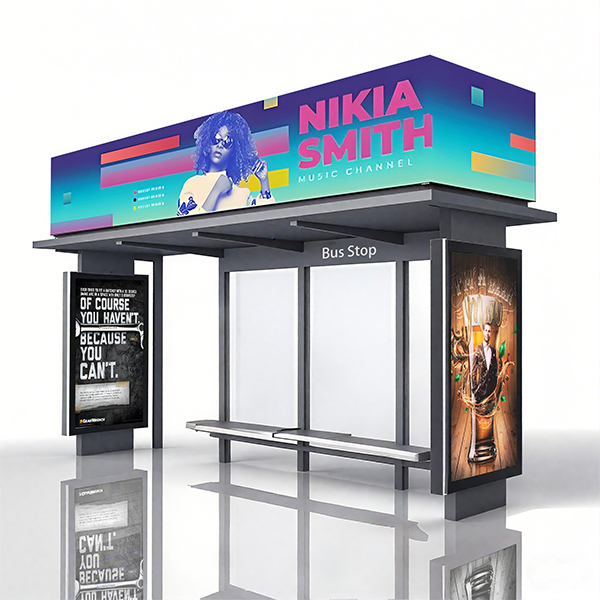 Rooftop Advertising Bus Stop Shelter
Rooftop Advertising Bus Stop Shelter -
 Simple Bus Stop
Simple Bus Stop -
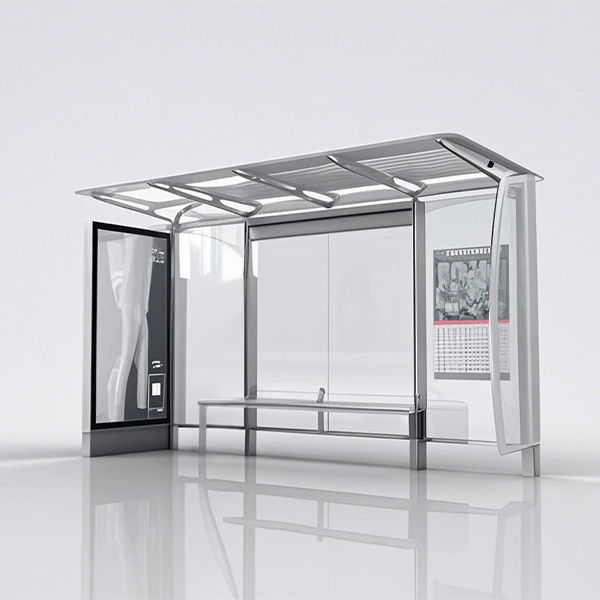 Stainless Steel Bus Shelter
Stainless Steel Bus Shelter -
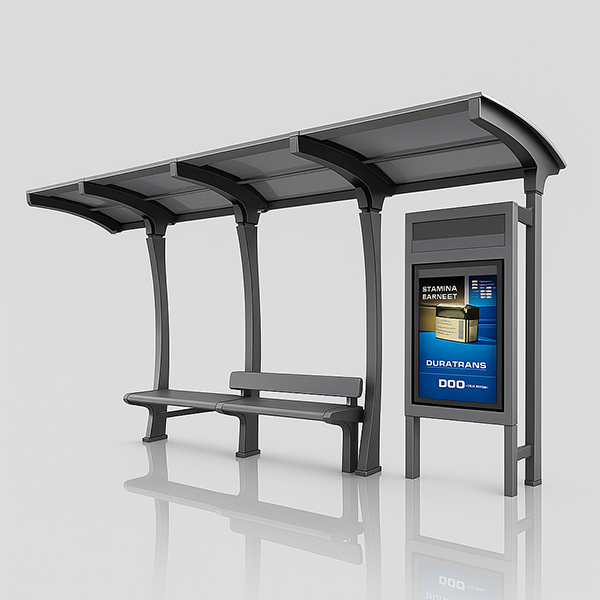 Curved Shed Bus Shelter
Curved Shed Bus Shelter -
 Large Format Advertising Box Bus Shelter
Large Format Advertising Box Bus Shelter -
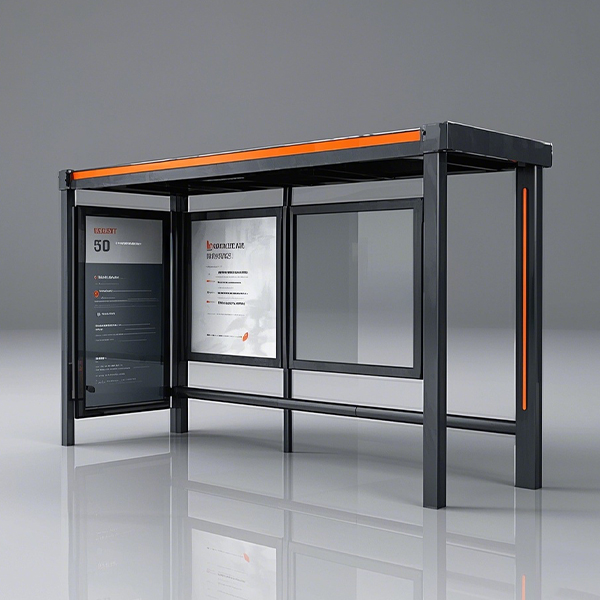 Bus Stop Shelter
Bus Stop Shelter -
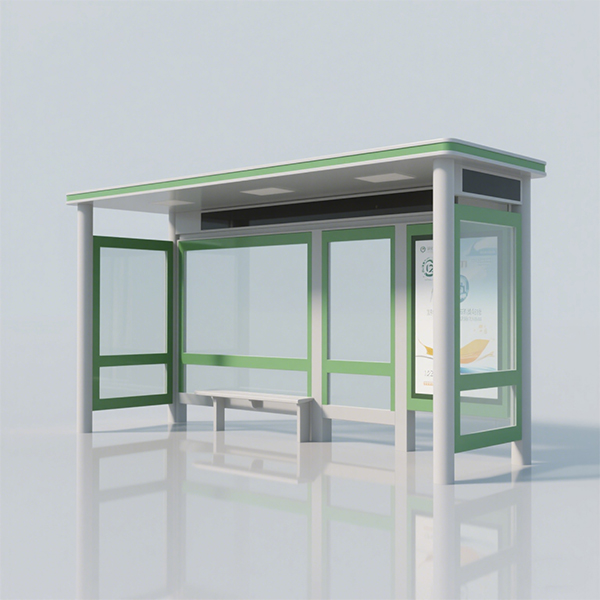 Semi-enclosed Bus Stop Shelter
Semi-enclosed Bus Stop Shelter -
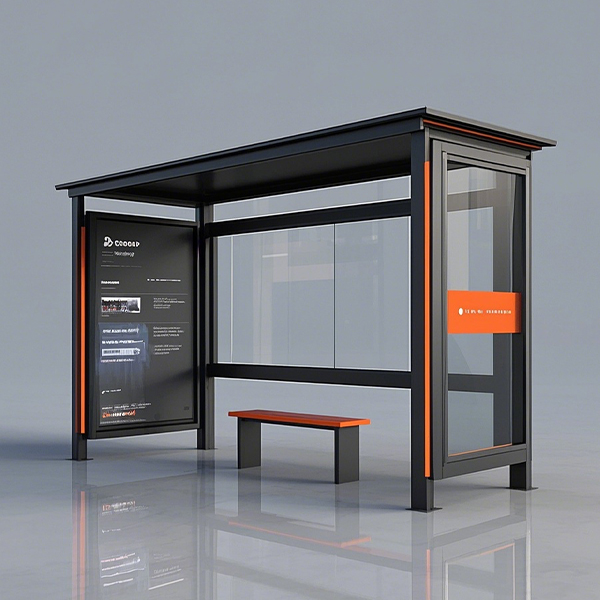 Semi-enclosed Bus Shelter
Semi-enclosed Bus Shelter -
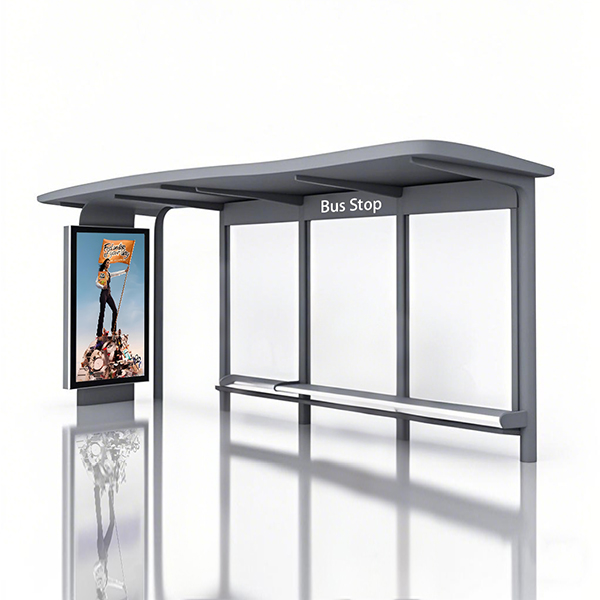 Single Light Box Bus Stop
Single Light Box Bus Stop -
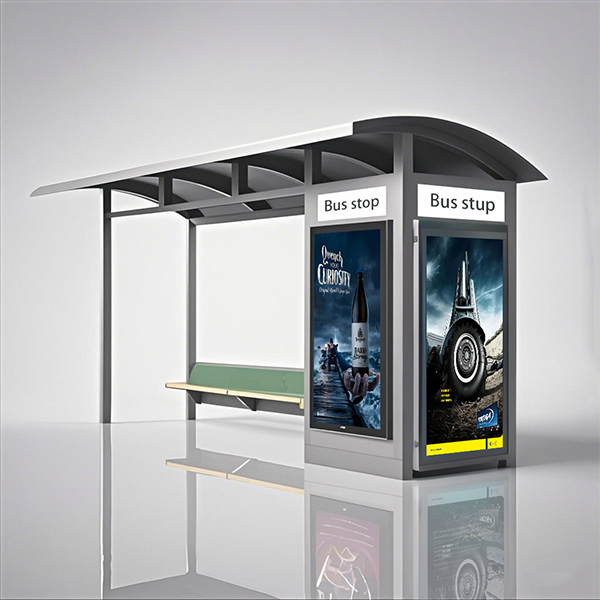 Advertising Bus Stop
Advertising Bus Stop -
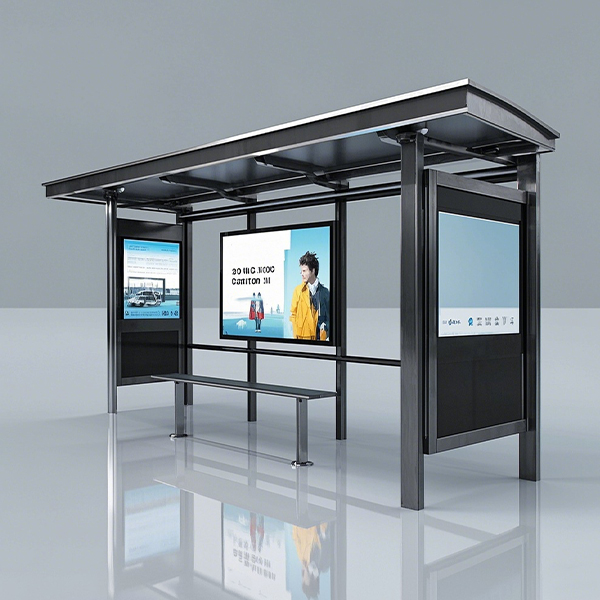 Three Advertising Box Bus Stop Shelter
Three Advertising Box Bus Stop Shelter









